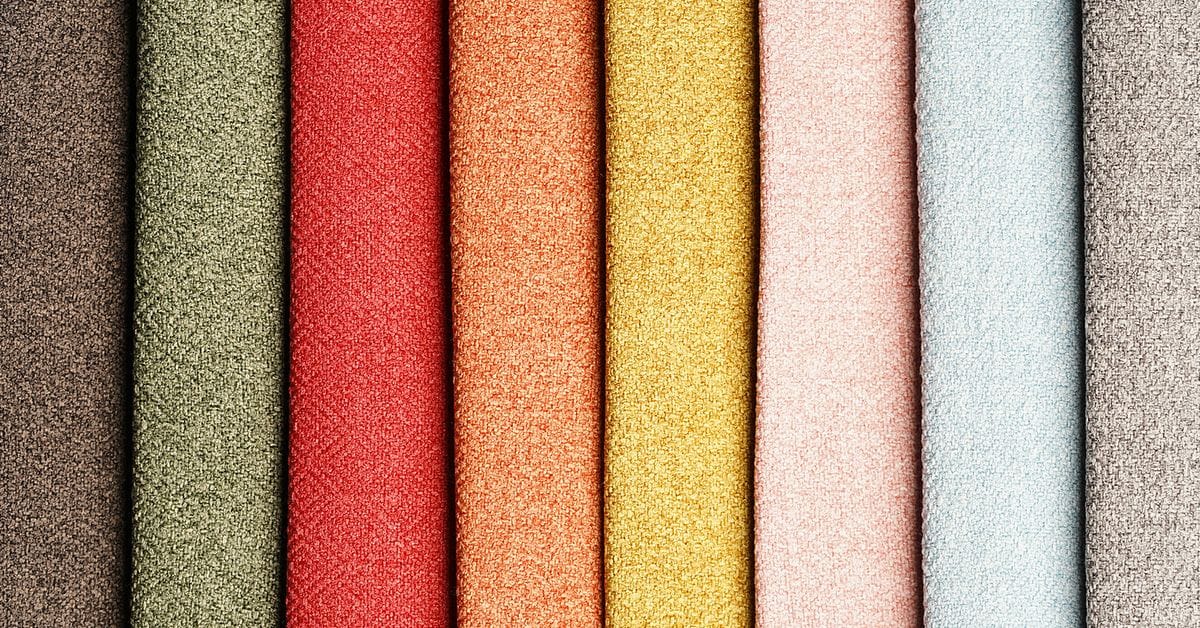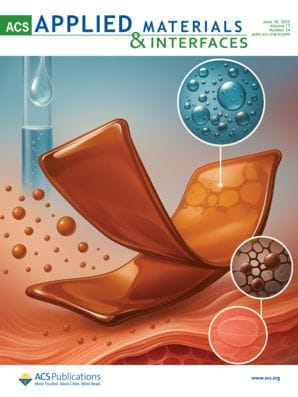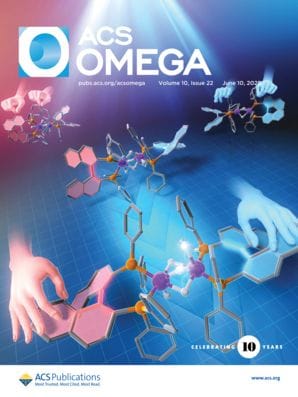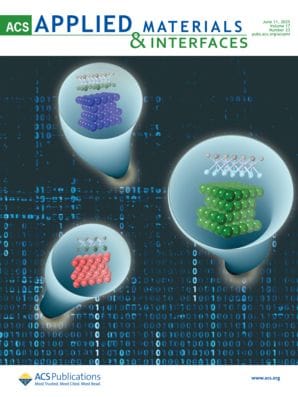Four recent papers papers published in ACS journals reveal advances in textile technology.

The clothes you wear show off your style and affect how comfortable you feel. So, researchers are working to make new textiles and improve common fabrics by adding desirable scents, antimicrobial coatings and smart technologies. Some recent advances in textile technology are explained in four papers published in ACS journals.
Antimicrobial eucalyptus-coated cotton
Eucalyptus smells good and has antimicrobial properties. So, researchers developed a method to coat cotton fabric with eucalyptus leaf extract. Treated cotton samples inhibited the growth of Staphylococcus aureus, a skin bacterium that can be pathogenic, but did not affect E. coli growth. Additional tests with human skin cell cultures suggest that the coated fabric should be safe to wear for up to 8 hours. The study published in ACS Applied Materials & Interfaces says this is an initial step toward developing a natural fabric to prevent some bacterial skin issues.

Eucalyptus-Enhanced Cotton: Pretreatment and Bioactive Coating Strategies for the Development of Sustainable Textiles with Antimicrobial and Antioxidant Activities for Skin Applications
DOI: 10.1021/acsami.5c02800
A textile that heats or cools
Researchers reporting in ACS Applied Materials & Interfaces have created a double-sided, breathable, polymer-based textile that heats or cools. The heating side is covered with carbon black particles that absorb sunlight and heat. The cooling side has white barium sulfate particles that reflect light and heat. After 15 minutes in sunlight, air underneath the heating side was 32 degrees Fahrenheit (18 degrees Celsius) warmer than under a cotton shirt, and air underneath the cooling side was 4 F (2 C) cooler than the cotton.

A Dual-Mode Textile for Year-Round Passive Thermal Regulation Combining Radiative Cooling and Solar Heating
DOI: 10.1021/acsami.5c06052
Lavender-scented purple cotton fabric
Scientists are proposing a method that adds colors and fragrances to fabric, according to work published in ACS Omega. Scientists dyed cotton fabric using plant compounds called anthocyanins and set the pinkish-purple color with natural materials, chitosan and cellulose. Then the researchers trapped lavender oil inside tiny chitosan and cellulose capsules and added them to the dyed fabric. During a 100-minute evaporation test, the dyed and treated fabric slowly released the lavender oil into the air. The researchers say this approach could be developed for scented or other multifunctional textiles.

Anthocyanin-Dyed Cotton Enhanced with Lavender Oil Microcapsules: A Dual Approach for Color Stability and Sustained Fragrance Release
DOI: 10.1021/acsomega.4c09486
Vegan “leather” for wearable electronics
Fungi grow feathery, branching filaments called mycelium that scientists are developing into leather alternatives. A new study published in ACS Applied Materials & Interfaces explains how one team grew fungus on gauze, coated the fibers with a polymer solution containing polypyrrole and created a leather-like material that’s flexible and conducts electricity. In tests on six people, the vegan leather measured heart, muscle and brain electrical signals as accurately as commercial medical electrodes. The demonstration shows the promise of fungi-made materials in wearable health devices and smart clothing.

Biovegan Leather Sensor: A Mycelium Functionalized Material for Electrophysiological Signal Monitoring
DOI: 10.1021/acsami.5c05377
